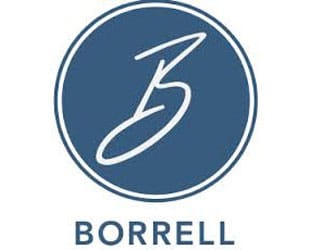Local media’s digital efforts have evolved into a competitive $12 billion industry, representing an 18% share of all locally spent digital advertising.
That’s a key insight point from Borrell Associates, which has released its 2017 update on its “Benchmarking Local Media’s Digital Revenues” report.
Better yet, both local TV and radio — along with cable TV and waning media such as the newspaper and Yellow Pages — are part of the mix of consumer touchpoint venues that are driving tens to hundreds of millions of dollars via digital ad sales.
Who’s gaining ground, and who’s losing?
That’s the million-dollar question, and the answer isn’t surprising to most media observers. At the same time, it offers tremendous potential for broadcasters.

“In more stable times (pre-2008), digital ventures were considered little more
than revenue-producing R&D sidelines that rarely got mentioned in financial filings or
presentations,” Borrell Associates CEO Gordon Borrell writes. “Today, they’re showcased as proof of a company’s survival skills in a multi-platform media world.”
The biggest change Borrell has noticed, particularly this past year, is control of digital dollars.
“When we conducted our first assessment in 2002, local media companies accounted for
75% of all the digital advertising sold in local markets,” Borrell recalls. “It was mostly just banner advertising on newspaper and TV websites. Today, it’s 18%. Fortunes have reversed, with search and social media advertising sold directly by pure-play internet companies accounting for 82% of all locally spent digital advertising.”
Google and Facebook alone account for 77%.
Local media’s percentage, nevertheless, is “not too shabby,” Borrell notes.
“It’s become an important revenue stream for many community-based media companies,” he says. But, it has been especially important for those in the directory and newspaper businesses—and not for radio and TV.
As shown above, radio and TV have a combined 3% of digital ad revenue.
Thus, the monetization of their local digital capabilities has yet to be fully realized.
For radio stations in markets ranked No. 1-No. 20, the average digital revenue seen on a market-wide basis was $2.51 million in 2016, Borrell finds.
In markets ranked No. 21-No. 50, the average was $1.14 million.
However, there’s a wide gap between the median dollars seen in markets No. 1-No. 50, as the highest digital revenue for a cluster in a top 20 market came in at $14.7 million.
In markets No. 21-No. 50, the top digital radio revenue for a cluster was $5.8 million.
Borrell’s research also finds that growth in digital revenues is being driven by radio stations in markets ranked No. 100 through No. 513, adding that a handful of station clusters in the largest of markets saw flat—or even lower—digital revenue in 2016, compared to 2015.
RBR+TVBR RELATED READ:





